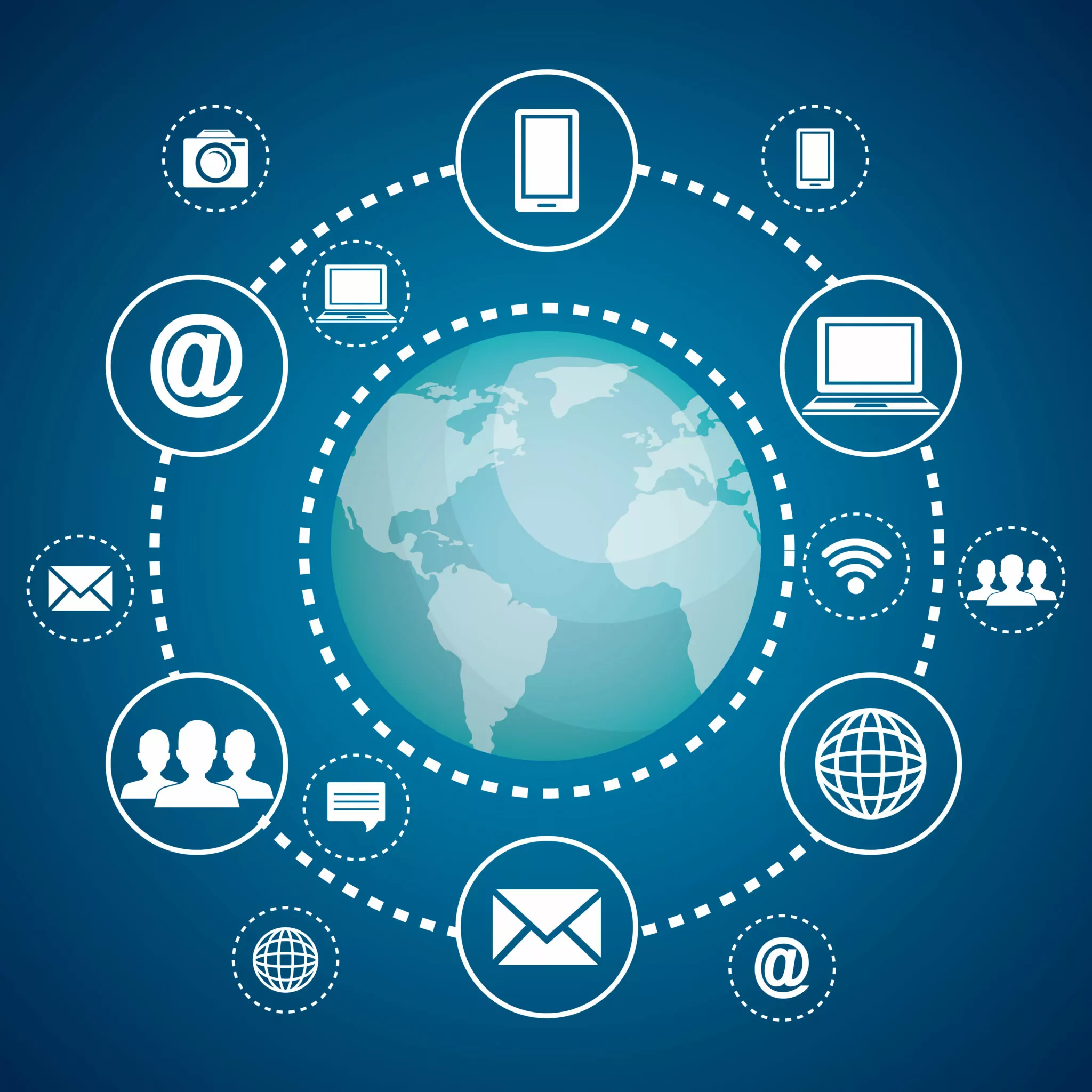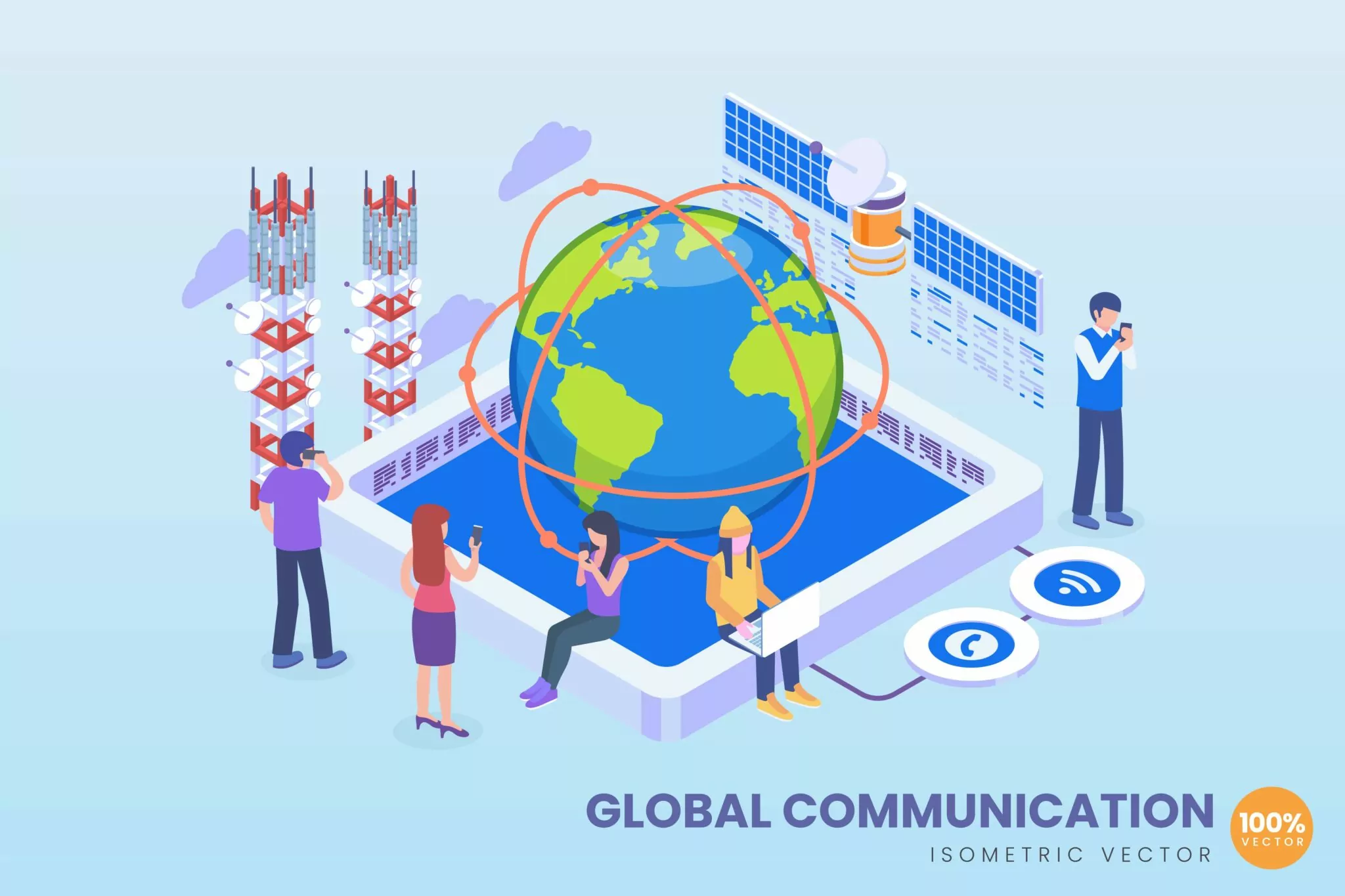
Communication technology will shape the future of remote work
Remote work, working from home or telecommuting has come of age in the post-pandemic era. Remote work arrangements may be temporary, permanent, part-time, full-time, occasional or frequent. An organisation will need to have policies regarding device usage, network security and expected performance to seamlessly adopt remote work.
Until about a decade ago, remote working was not widely acceptable. Employers thought that the workers would be easily distracted when working from home, without the supervision of the managers. The Covid-19 pandemic brought the curtains down on all such perceptions. It caused major disruptions in various aspects of life. Apart from our personal lives, the professional work culture saw a massive turnaround. After seeing financial losses due to forced shutdowns, companies had no option but to switch to remote working. As it turned out, the benefits of remote working made it popular and now, in the post-pandemic times, work from home continues to dominate trends.
The changing work culture
The pandemic had a phenomenal impact on the work culture. With lockdowns and travel restrictions dictating life, several organisations shifted their work to remote locations. Work culture in the post-pandemic era is bound to be different. Earlier, 9 to 5 was the slogan of the corporate world. Now, many businesses have given up their rigid work structure and timings in favour of remote working.
Employees prefer remote working because it enables them to maintain a great work-life balance and eliminates the cost of a daily commute. It offers them an opportunity to work at their pace and from the comfort of their homes without unnecessary interruptions.
Employers have also reaped the benefits of remote working. They have been able to cut the cost of maintaining extensive office infrastructure and making payments towards commute while, at the same time, enjoying the involvement and productivity of happier employees.
Essentially, it is a win-win situation for both organisations and employees! The efficiency of employees has undoubtedly improved. And, efficient employees means better business outcomes.
The prime mover for the culture of remote working is technology. In the past couple of years, we have witnessed how the demand for technologies such as the cloud and video conferencing tools has surged. The efficacy of a remote or hybrid work environment depends largely on the technologies used to support it. Several automation technologies are being harnessed to streamline various workflows. But, in a remote working environment, the emphasis is on seamless communication. Numerous innovative communication technologies have come to the forefront to facilitate working from anywhere in the world.
Communication technologies in the remote working environment
- Video conferencing
It is a very powerful tool for remote working. If you host a meeting with remote workers, a video is obviously a must. The best substitute for face-to-face meetings, video conferencing has become one of the “most useful technologies” for employees inside and outside the company. With a smart video conferencing camera, remote workers feel as if they are in a conference room, present with their colleagues in the office.
People can talk to each other in real-time from anywhere. Upgrade the workspace with a quality video conferencing solution to provide team members with seamless virtual communication. It positively impacts teamwork, cohesion and productivity. Many businesses waive the internet bills of employees so that everyone can afford a speedy connection. This is a good practice that other businesses can emulate to enhance the productivity of remote work.
Some popularly used video conferencing tools are Zoom, Microsoft Teams, Skype, etc.
- Collaboration using the Cloud computing technology
Cloud computing enhances security and allows users to access remote virtual work environments.
The benefits of cloud computing:
- It is cost-efficient.
- It eliminates the need to spend money on equipment and infrastructure or free up IT staff.
- It allows adding/removing services as required.
- It is comfortable and scalable.
- Remote workers have easy access to data. The cloud makes it easy to collaborate and share files. This enables multiple users to work on the same file simultaneously.
- A user can log in once, from anywhere and any device, for a seamless and secure experience.
- Project management tools
If your employees are spread out in different locations, project management tools allow them to communicate synchronously and collaborate to get work done. There are general project management tools and tools specific to different business areas. No matter what type of remote team you are in, a project management tool is a mandatory investment. Several project management tools like Microsoft Project, Trello, Evernote, and more are being adopted by businesses across the globe for better outcomes.
- Messaging
Written communication is the most common way to communicate remotely with clients and colleagues. It is much easier to send someone an email and let them spend their day than to call someone, leave a voicemail and then play the phone tag for a few days.
However, email is the most effective way to communicate with your team only sometimes. Whether it is a one-on-one chat or having multiple users on the same email chain, messages can still be missed or misunderstood. This is where messaging apps come in. Messaging apps allow you to communicate with one person or more in an open environment. You can also use rules to set up “channels” to keep people on the topic and eliminate confusion and tangents. Messaging apps like Slack, Telegram, etc., are being widely adopted by businesses for seamless collaboration.
- Storage tools
To make remote working effective, companies need virtual storage space. Everyone can upload their work to this virtual station for future reference or to be checked by the managers. Some popular and easy-to-use document storage solutions are Google, Dropbox and Microsoft Onedrive for Business.
- Mobile tools
Remote employees usually work with mobile devices and laptops. Including mobile in the workflow offers new possibilities for remote employees. Mobile tools also enhance productivity because they enable remote workers to work on the move.
Here are some examples of mobile tools that can be used:
Mobile apps like AnyDesk facilitate access and control of desktops, servers, etc.
Employers can provide remote VPN access to employees.
The availability of Wi-fi devices ensures that employees have a stable internet connection at all times.
- Unified platforms
Platforms like Google Suite and Slack have made collaboration seamless. These tools facilitate seamless collaboration in real-time. They make live idea-sharing easier and improve outcomes. They reduce lags and errors in the communication process.
Future of remote working
Remember the email that said, “We will shift to work-from-home policies until further notice” that appeared in your inbox back in 2020? Even after vaccinations, businesses did not switch completely to in-office locations again. Some organisations continued with remote working while some others opted for a hybrid work model.
In 2020, millennials were the largest working force, and they looked at work differently from the past generations. Many surveys suggest that millennials are comfortable working from home. Statistics show that people working remotely are 47 per cent more productive. Do not be surprised if this generation does not consider jobs that do not offer remote or hybrid working options. This is because of the comfort that working from home offers, besides the advantages of flexible working hours and a good work-life balance.
As long as millennials are the largest working group, remote working is likely to continue. In 2023 and beyond, companies must prepare to adapt to remote work. Technological advancements are keeping pace with the disruptions in the work culture.
As work shifts online, HR must keep pace. “The HR software market could reach $33.04 billion by the end of 2024.” (Source: https://ddi-dev.com/blog/it-news/hrms-vs-hris-vs-hcm-what-is-the-difference-between-hr-software/). This new kind of technology in business communications makes it easier for HR managers to get their teams to collaborate online. HR departments can now use digital communication tools to connect employees and improve productivity.
Communication technology trends
Some of the emerging technologies that will shape remote work include:
5G: Wireless speeds will be much greater with 5G than with 4G, which is currently being used. 5G will not only enhance the speed and reliability of remote work but also make it seamless. It will foster the integration of technologies like Augmented Reality (AR) and Virtual Reality (VR).
AI-based software: Artificial Intelligence (AI) and Machine Learning (ML) technologies will enable employees to view each other’s work, retrieve data and work seamlessly. They will also enhance privacy and facilitate anonymous working. AI bots will improve cybersecurity and reduce the risk of cyberattacks.
Virtual Reality (VR): VR offers an immersive experience wherein an employee can select their preferred work environment. It also facilitates virtual realistic and engaging interactions with other employees. This technology has the potential to offer more interactive features in the future.
Technologies will work in tandem to facilitate working from anywhere at any time without any wait time. They will enhance the employee experience and provide a secure environment. While employees will find it easier to connect with each other, they need not fear that data privacy will be compromised. It will most certainly be maintained. All these factors will directly improve productivity and enhance outcomes.
Conclusion
We are slowly moving into an era where hybrid working culture will be the new normal. It will increase opportunities for employees while providing access to a larger talent pool of employers. However, the key to productive outcomes through remote working is largely dependent on the efficiency of communication. Seamless communication between different entities paves the way for effective collaboration, leading to faster and better decision-making. Video conferencing and project management tools have definitely simplified the process. The future of remote working looks promising on the horizon with technologies like 5G and AI, which will boost the efficacy of remote working.
Resources:
- https://resources.owllabs.com/blog/remote-working-technology
- https://timesofindia.indiatimes.com/blogs/voices/whats-the-future-of-remote-work-in-2023/
- https://www.forbes.com/sites/theyec/2023/01/10/whats-the-future-of-remote-work-in-2023/?sh=10889db65864
- https://ddi-dev.com/blog/it-news/hrms-vs-hris-vs-hcm-what-is-the-difference-between-hr-software/


